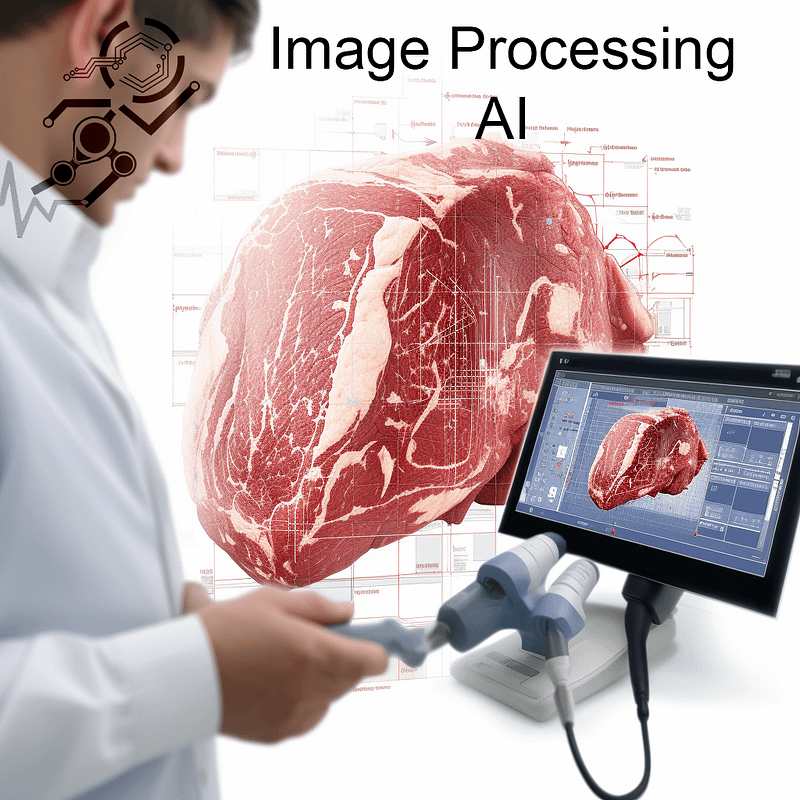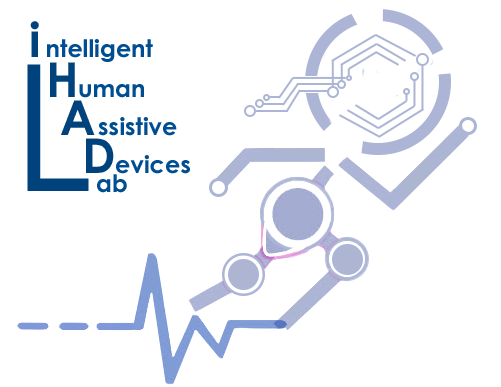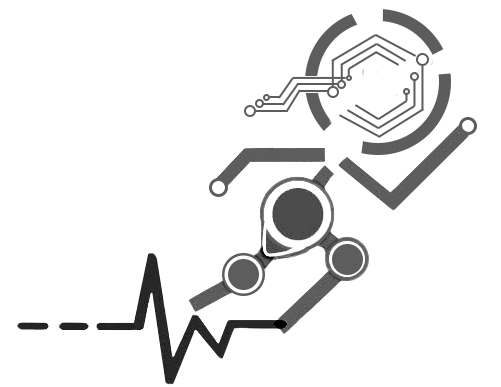Closed-Postdoc position on Image Analysis and AI

This position was closed Post Date: 2024-01-16 Start Date: 2024-03-01 Deadline: This position is closed Location: University of Calgary, Calgary, Canada Lab Website: www.ihadlab.com The iHADLab at the University of Calgary made a new collaboration with an industry partner in the livestock industry to develop a device for automatic transferring of images of an ultrasound device to a cloud-based server. The aim is to predict carcass traits, including backfat thickness, intramuscular fat volume, and ribeye area, from ultrasound images and monitoring. Variations of predicted carcass traits will be monitored and quantified from a series of ultrasound scans at different times. One postdoctoral position-PhD position is available in the field of image processing and AI. Priority will be given to candidates with a background in computer engineering or those who present evidence of having experience in working with ultrasound images. This research will have a broader impact in empowering producers in disease diagnosis and monitoring the health of their animals. The technical skills gained during this research experience will help you with careers in a wide range of industries (IoT, embedded systems, manufacturing, livestock, and entrepreneurship). Qualifications: This is a postdoc position. However, we accept PhD applicants if the candidate presents evidence of extensive experience in image processing and AI. So, if you are applying for a PhD position but have no or little experience in working with ultrasound images, please do not consider applying for this position. We are seeking for candidates with extensive experience in: – Advanced Image Processing and Computer Vision Skills: Proficiency in image segmentation, pattern recognition, and feature extraction techniques specific to ultrasound images. – Machine Learning and Deep Learning Expertise: Experience in developing, training, and validating predictive models using machine learning and deep learning frameworks, especially those relevant to image analysis (e.g., CNNs). Statistical Analysis and Data Modeling: Ability to analyze and interpret complex datasets, proficiency in statistical software, and experience in predictive modeling and data mining. –Software Development: Skills in software programming for both the firmware within the circuit (possibly in C or C++) and any associated software that might run on a server to receive and manage the ultrasound scans. How to apply: Please email the following documents to amin.komeili@ucalgary.ca with the subject line “Postdoc-Ultrasound-Image processing”. Sending a message through LinkedIn will not be considered for review. CV – Highlight main research expertise, papers, patents, and related projects A brief 1-2 pages “statement of eligibility” addressing the following: What experience do you have in working with ultrasound images? A short description of your approach and the major steps you will take to achieve project aims as described in the Job Summary. A strong applicant will propose a potential deep-learning model for the segmentation of fat tissue and classification of ultrasound images in their application documents. Priority will be given to female applicants.
Closed-Postdoc position on Embedded Systems and Instrument Communication

This position is closed Post Date: 2024-01-16 We are hiring a postdoc at the University of Calgary on embedded systems and instrument communication. Available position: 1 postdoc positions- embedded systems Location: University of Calgary, Calgary, Canada Lab Website: www.ihadlab.com Job Summary: The iHADLab at the University of Calgary made a new collaboration with an industry partner in the livestock industry to develop a device for automatic transferring of images of an ultrasound device to a cloud-based server. The device will be connected to the USB port of the ultrasound scanner and will import images taken by the scanner and transfer them to a cloud server. One postdoctoral position is available in the field of embedded systems. Priority will be given to candidates with hands-on experience in embedded systems and circuit design rather than theoretical expertise. This research will have a broader impact in empowering producers in disease diagnosis and monitoring the health of their animals. The technical skills gained during this research experience will help you with careers in a wide range of industries (IoT, embedded systems, manufacturing, livestock, and entrepreneurship). Qualifications: We are seeking candidates with extensive experience in: – Embedded systems: Knowledge of embedded system design is essential, as the device will likely need a microcontroller or microprocessor to manage USB communication and control the data transfer process. – USB Protocol Interface: Deep understanding of USB standards and protocols (e.g., USB 2.0, USB 3.0) to ensure compatibility with the scanner’s USB interface. This involves managing data transfer rates, handling USB commands, and ensuring reliable communication between the device and the scanner. –Software Development: Skills in software programming for both the firmware within the circuit (possibly in C or C++) and any associated software that might run on a server to receive and manage the ultrasound scans. – API Development: Skills in creating and integrating APIs (Application Programming Interfaces) to connect mobile apps with services and data. This includes understanding RESTful services, JSON, and web service integration. How to apply: Please email the following documents to amin.komeili@ucalgary.ca with the subject line “Postdoc-Ultrasound Project”. Sending a message through LinkedIn will not be considered for review. CV – Highlight main research expertise, papers, patents, and related projects A brief 1-2 pages “statement of eligibility” addressing the following: What experience do you have in the area of embedded systems? A short description of your approach and the major steps you will take to develop the device. Priority will be given to female applicants and candidates who can demonstrate they have experience and ideas for developing the device described in the Job Summary.

